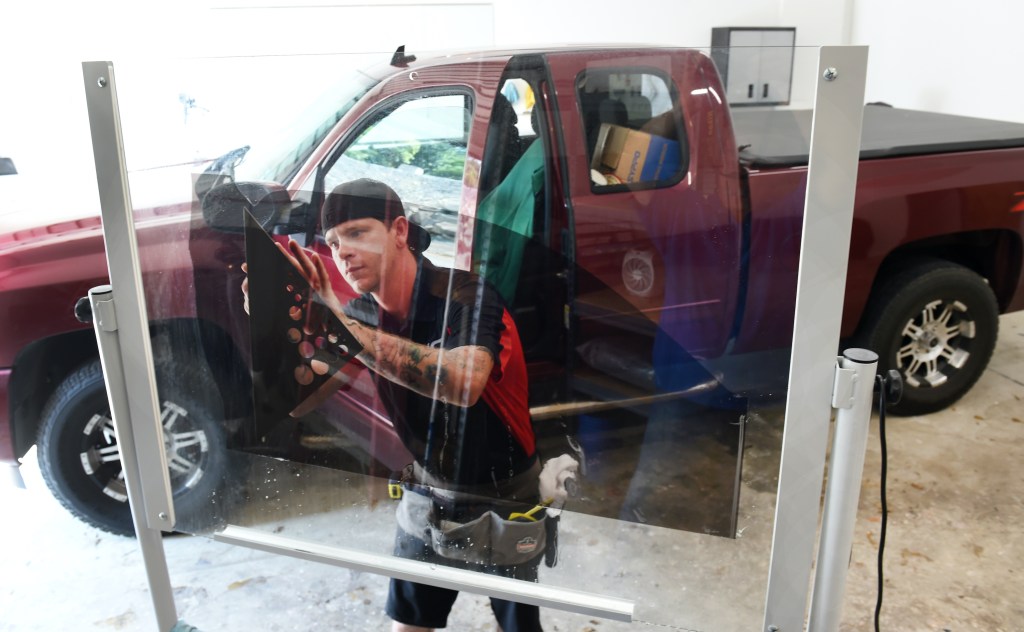
Is Ceramic Window Tint Worth the Higher Price?
When it comes to window tint, there are a few different grades and materials to choose from. While there are some window tints that will merely upgrade the car’s appearance, there are other higher-grade tints that will do much more than that. Ceramic tint is one such material, but is paying the higher price for it worth it?
What is ceramic tint?

Ceramic window tint is made up of many layers that are designed to block the sun’s harmful UV rays. Autotrader notes that ceramic tint has the ability to do this due to nanotechnology, which “incorporates microscopic ceramic particles with layers of ultra-thin film.” According to most tint manufacturers, this special film is able to block up to 99.9% of UV rays, so it’s easy to see why this type of tint is worth the added cost.
How much more? It depends on what kind of car is being tinted and who is doing the work. Since different shops have different rates, it can cost around $100 to $400 for a standard non-reflective tint and up to $800 for ceramic tinting.
Here are some of the advantages of ceramic window tint

While ceramic window tint can cost nearly double the amount of other types of window tint, the reason for this is more than just the use of nanotechnology. Here are a few of the key advantages:
- UV protection: Ceramic tint blocks nearly all of the UVA and UVB rays, which protects your skin and your car’s interior.
- Cooling: Ceramic tint can keep your car cooler. Some ceramic tints have IR (infrared) technology to block out even more heat.
- Less signal interference: Since ceramic tint doesn’t have any metal, it won’t block the cell phone signal or any other electronic signals.
- Appearance: Ceramic tint has a non-reflective look, which gives the car a sleeker appearance.
What are the other types of window tint?
While ceramic window tint is considered the crème de la crème of tints, there are a few different types of window tints that can be installed on a car.
- Carbon tint: Carbon tint can protect the car’s interior from UV rays and provide some cooling effect, just not as much as ceramic. It also has a matte finish.
- Metallic tint: Metallic tint is made from metallic particles and reflects heat away. Some drivers don’t like this type of tint due to its reflective appearance and ability to block cell phone signal.
- Hybrid tint: A hybrid tint film is made from a combination of metallic and dyed film. It doesn’t have a reflective look and provides a darker appearance.
- Dyed window tint: Dyed window tint is the cheapest of the bunch. It mainly darkens the car’s windows, but it provides some protection as well, just not as much as the others.
The more premium tint is worth the cost
While ceramic tint can sometimes cost around double the price of the other tints available on the market, its UV blocking properties and cleaner appearance is well worth the extra cost. After all, the window tint is protecting you and your car’s interior from harmful rays that can lead to damage and even skin cancer. In that case, an extra couple hundred dollars can go a long way.



